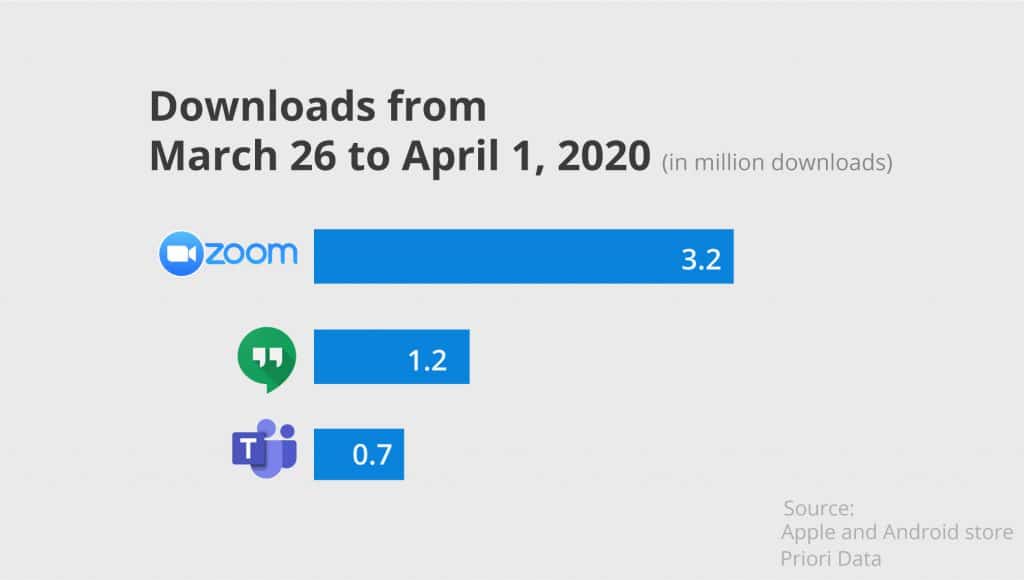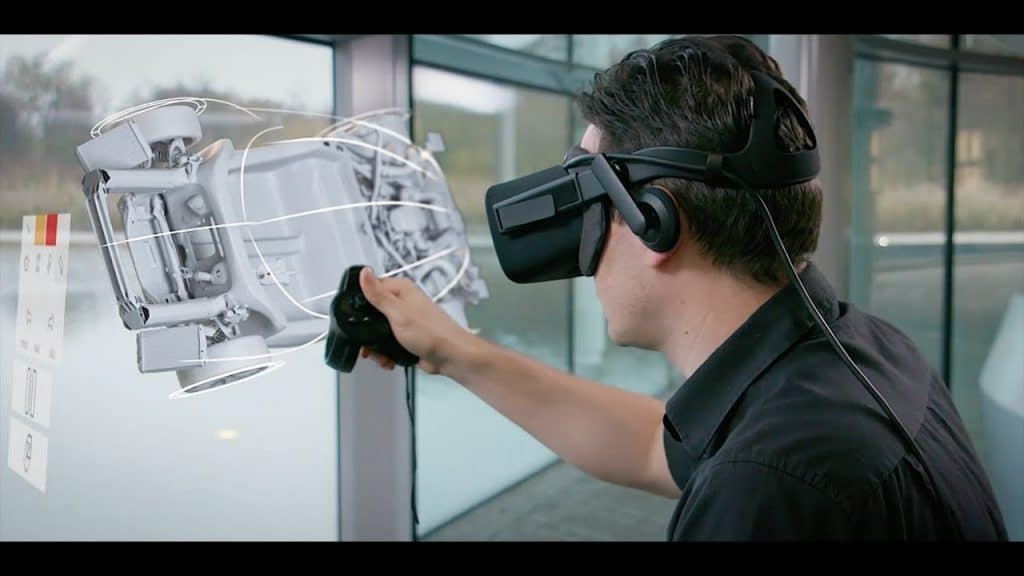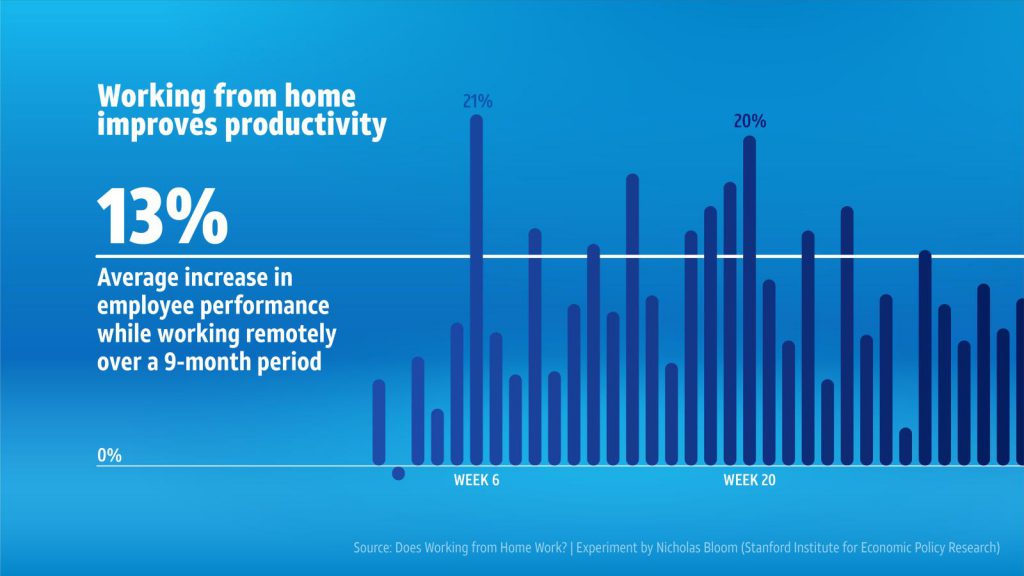Remote work is the new normal.
Crisis struck us hard and fast. Most of us are still running to accommodate our attitudes and habits as we started working from home. The pandemic changed business overnight. The question remains, is this our new normal? Or is this a short term inconvenience we have to brace to overcome.
Geekbot, an enabler of remote work, has some insights to share. Geekbot helps thousands of teams automate asynchronous standup meetings, remote work check-ins, surveys, and daily reports.
– Crewscale Team
The recent COVID outbreak has affected numerous facets of our lives. And most importantly, the way we went about our work at the office.
Within just a few weeks thousands of once co-located teams and companies had to make a transformation into a fully remote environment. Given the timeline, the transformation felt mostly like a leap. And for many, the leap was into the unknown.
It’s natural to think that once the skies clear out and the peak of the pandemic ebbs out, we’ll slowly get back to the normal ways of work.
But given the data we have, that might just not be the case.
In this article, we’ll discuss how the outbreak affected remote work trends and whether we should force work from home as a brief inconvenience or a long-term opportunity.
This is not just a temporary spike
The trend of remote has been picking up for ever a decade. Experts have predicted remote to pick momentum in the coming years. Remote work was inevitable for entirely different reasons. Adaption was the biggest challenge. The comfort and inertia of the traditional way of work was the biggest adaption barrier.
There’s still a lot to learn about the full impact of the crisis. But one thing is known for sure: it changed the landscape of remote work for good.
What are the estimates?
We’re seeing how quickly companies adapt to the reality of working from home. Shares of the video conferencing tool Zoom are doubling, while team messengers such as Microsoft Teams are breaking records on daily active users. Some of these platforms are even experiencing technical issues due to the sheer amount of new clients trying to use the software.

On top of that, major tech companies like Google, Amazon and Twitter are developing policies to keep their employees at home. Some of them, such as Shopify, are even supporting them financially to ease team members into a new remote work regimen.
Seeing all that might make people think that the trend for remote work is taking off. But here’s a thing: it already took off long ago.
Over the previous 10 years, the amount of people working remotely grew by 91%, and in 2018 there were at least 5 million people working remotely in the USA alone. In fact, 52% of the employees in the world worked from home at least once every week.
As a 2019 report by Zapier states, 74% of the workforce would prefer to quit a job for one with a remote position. So there would be many more remote workers if the companies were adapting quicker. With that said, however, we have observed a steady growth in a number of available remote positions over the last several years.
So what we see now is not a transformation, it’s an acceleration. A forced one, unfortunately, but at the same time very handy.
The previously ongoing trend just proved that we’ve been preparing ourselves for this transition for years now, and made ourselves more ready.
At the same time, technology is catching up to accelerate the future of remote work even further.
Technology is catching up
Although currently remote work is mostly associated with online video conferencing, team messengers, and work hours trackers. There’s enough groundbreaking technology being developed to change our perception of remote work forever.
And similar to the trend of remote work itself, the development of this technology is accelerating rapidly.
Utilizing the most recent developments in virtual and augmented reality, companies are working to create solutions. This allows remote workers to communicate and collaborate in a shared virtual space. Also, helps in working together as if they were co-located in the same office.
Companies such as Adidas are already using VR-based solutions to help their product teams collaborate on new designs in the virtual space, letting their team members create and improve products while being spread across the globe. Although now VR-remote work solutions are in their infancy, the current crisis may be a solid trampoline for accelerated development, making the technology more accessible and cost-efficient for smaller companies.

Other companies, such as Spatial, are working on making remote meetings more engaging and realistic with holograms, very similar to those seen in every Star Wars movie. After all, the lack of face-to-face interactions is one of the reasons teams can be reluctant to work remotely.
Finally, there’s a growing tendency for automation. An estimated 47% of jobs are at high risk of automation in the USA, and according to the World Economic Forum, automation will displace 75 million jobs worldwide by 2022. We’re slowly, but surely, reducing the number of manual labour jobs in favour of those that can be performed remotely. And this is something that will speed up the remote work trend even further.
More people see the benefits of remote work
There are many myths that surrounded remote work for years, preventing companies from allowing their workers some degree of flexibility. Many companies simply didn’t know any better.
But years of research has proved that the many benefits of working remotely outweigh all its drawbacks by a mile.
According to Airtasker’s survey of 1004 employees, 505 of whom worked remotely, remote employees work on average 1.4 more days per month and are less distracted by their boss and co-workers. At the same time, they are healthier, spending on average 18% more time on exercises than their office colleagues.
Stanford’s nine-month study of remote workers confirms these findings, revealing that employees working from home took fewer sick days and were 13% more productive than their office counterparts.

Remote workers themselves feel more productive with fewer distractions and less stress from commute and distractions. The benefits of remote work go far beyond a productivity boost though. Companies that operate remotely have access to a worldwide pool of talent. They have increased diversity in their teams and flexibility in terms of hiring and management.
People who work remotely don’t have to adhere to rigid office culture. As the founder of DuckDuckGo puts it: “Working remotely, people are never forced to get a drink after work. You’re not substituting work socialness for community socialness. They are in their own communities. So you’re really getting real diversity of thought.”
Conclusion
We spent more than a hundred years learning how to work in the office, but that doesn’t necessarily mean it’s the right way of doing things.
Going through a tough transition right now, remote work should not be seen as a temporary solution or a necessary restraint. When working remotely people are more flexible and mobile in both their decisions and actions. We should use the current tough and sudden change to facilitate the future of work. Probably, where we can confidently stand against further global challenges coming in our time.





